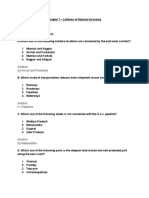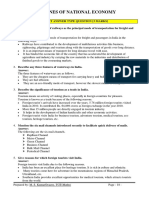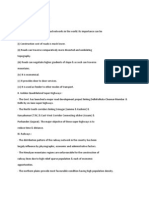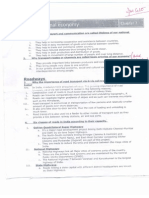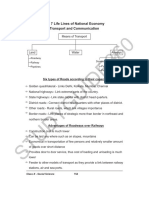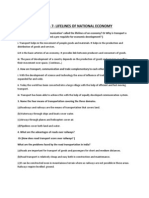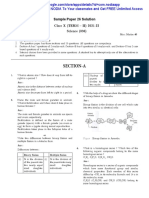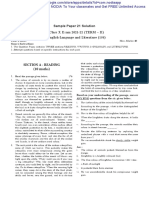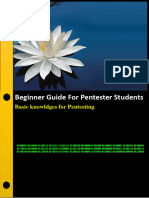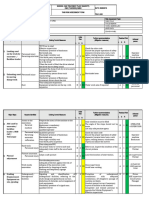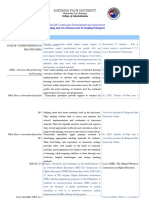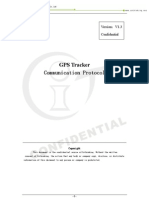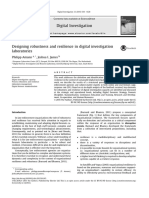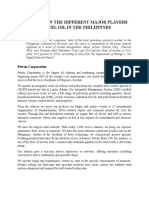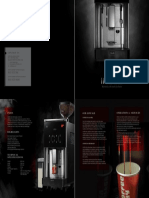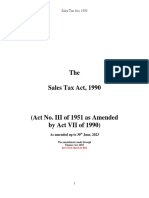0% found this document useful (0 votes)
123 views8 pagesClass 10 Geography Ch 7 Solutions
This document provides a summary of a Class 10 Geography chapter on the life lines of the national economy. It includes multiple choice questions and their answers on topics like transportation corridors and modes in India, as well as short answer and long answer questions about the importance of transportation and communication networks and how international trade has changed in India over the last 15 years.
Uploaded by
ArshadCopyright
© © All Rights Reserved
We take content rights seriously. If you suspect this is your content, claim it here.
Available Formats
Download as PDF, TXT or read online on Scribd
0% found this document useful (0 votes)
123 views8 pagesClass 10 Geography Ch 7 Solutions
This document provides a summary of a Class 10 Geography chapter on the life lines of the national economy. It includes multiple choice questions and their answers on topics like transportation corridors and modes in India, as well as short answer and long answer questions about the importance of transportation and communication networks and how international trade has changed in India over the last 15 years.
Uploaded by
ArshadCopyright
© © All Rights Reserved
We take content rights seriously. If you suspect this is your content, claim it here.
Available Formats
Download as PDF, TXT or read online on Scribd
/ 8



